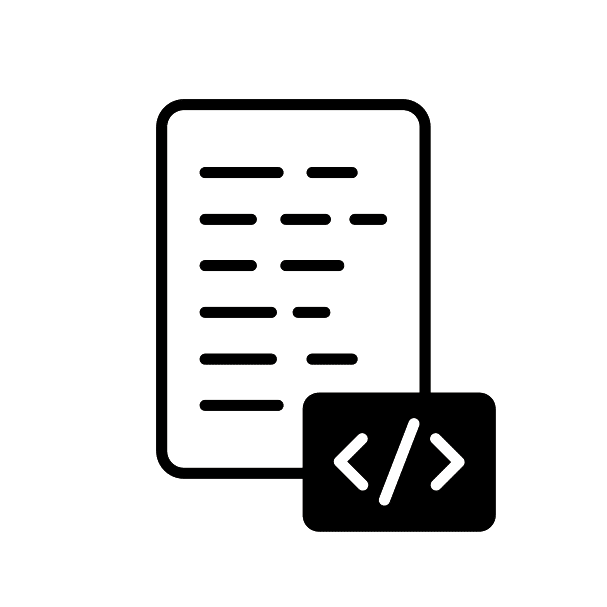Craft and animate 3D models of your own, all set for smooth 3D printing.

Our teachers and tutors graduated from top universities








Overview

Customized curriculum
We'll find a tutor who can make sure you're prepared for the A-Level Maths exam with customisable lessons catered to fit your needs.

Flexible
Take lessons only when you need them—as little or as many as necessary until you feel confident.

Private lesson
No need to accommodate other students. Learning is customised your perfect pace and difficulty so you are always improving.
About Autodesk TinkerCAD
Tinkercad, developed by Autodesk, is your welcoming gateway to the world of 3D modeling. Its user-friendly web interface is particularly inviting to newcomers, including younger users with no prior experience in computer-aided design (CAD).
Key Features:
1. Effortless Geometry Creation: Tinkercad uses Constructive Solid Geometry (CSG) to simplify the creation of intricate 3D shapes by combining simpler ones, making both design and visualization straightforward.
2. Device Compatibility: As a cloud-based tool, Tinkercad ensures that your projects remain accessible from any internet-connected device, offering convenience and flexibility.
3. Abundant Material and Color Options: The software provides a wide array of predefined materials and colors, aiding in visualizing your final 3D prints.
4. Guided Learning: Tinkercad offers a selection of interactive tutorials integrated into the platform, a valuable resource for educators and newcomers to 3D modeling.
5. Expanded Capabilities: Beyond 3D modeling, Tinkercad extends its functionalities with features like Codeblocks for simplified programming and a Circuits component for virtual electronics experiments, enhancing its educational value.
6. Versatile Export Options: It supports various export formats compatible with 3D printers, CNC machines, and even Minecraft. Seamless integration with other Autodesk products allows for smooth transitions to more advanced software.
7. Vibrant Online Community: Tinkercad boasts an active user community, fostering collaboration, project sharing, and creative inspiration. The platform’s public design library serves as an excellent starting point for your creative projects.
Common Applications:
1. Educational Environments: Tinkercad is a common choice in educational settings to teach fundamental 3D design and engineering principles.
2. Rapid Prototyping: It’s a preferred tool for quickly creating 3D models, especially valuable for initial concept testing before moving to more advanced software.
3. Personal Endeavors: Whether crafting custom home items or unique gifts, Tinkercad’s versatility makes it suitable for a variety of personal projects.
Tinkercad’s blend of powerful features and user-friendliness positions it as an excellent choice for students, educators, hobbyists, or professionals seeking an uncomplicated path to transform their creative ideas into 3D models.
Description
This course is designed with beginners in 3D design in mind, offering them an excellent starting point. By using TinkerCAD, students can unlock their creativity to design their own unique characters or objects. It’s also a great choice for young learners who have access to a 3D printer and want to print their custom creations instead of relying on pre-made templates.
In addition to hands-on design experience, this course explores the fundamentals of 3D printing. Students will gain a thorough understanding of the entire process, from digital design to physical prototypes. Through a blend of creative exploration and technical guidance, this course lays a strong foundation for anyone interested in the captivating world of 3D design and printing.
What you will learn
- Break down complex objects into elementary components for simplification.
- Imagine and produce three-dimensional objects.
- Cultivate 2D artistic skills while crafting unique characters.
- Get 3D models ready for printing and modify existing designs as required.
Requirements
- Ages 7 – 13
- Interested in 3D design
Student FAQs About 3D Printing
In 3D printing, layering refers to the method of building an object layer by layer, starting from the bottom. Each subsequent layer adheres to the one beneath it, resulting in a solid, cohesive object. Understanding layering is crucial for optimizing both print speed and quality.
FDM (Fused Deposition Modeling) and SLA (Stereolithography) are two common 3D printing methods. FDM involves melting plastic filaments and depositing them layer by layer to form an object, while SLA uses a laser to harden liquid resin layer by layer. Both methods have their unique advantages and disadvantages, impacting aspects such as print quality, material versatility, and printing speed.
Infill refers to the internal structure or lattice within your 3D print. You can adjust infill density to make your print either more solid or more hollow, which affects print duration and material usage. A denser infill creates a sturdier object but consumes more material and extends print time.
Support material is used to provide support for overhanging sections and intricate geometries in 3D printing. Typically, this material is removed after printing. The need for support material depends on the specific design characteristics of the object being printed.
Bed leveling is the process of ensuring that the print bed is perfectly level and aligned with the printer’s nozzle. This is critical for achieving high-quality prints. An improperly leveled bed can lead to issues like poor layer adhesion, uneven layering, or even complete print failure. While many modern 3D printers come with automated bed leveling systems, manual calibration
Pricing
No hidden fees. Cancel any time.
Get a free trial to find your perfect tutor before you commit.
Online Tutoring
-
Personalized lesson plans
-
Paid Zoom account
-
Lesson reports after every lesson
-
SMS & email appointment reminders
-
Dedicated customer support
-
No monthly commitment
-
24 hour free cancellation
Or call us at +81-120-963-638
Home Tutoring
-
Personalized lesson plans
-
Lesson reports after every lesson
-
SMS & email appointment reminders
-
Dedicated customer support
-
No monthly commitment
-
24 hour free cancellation
-
Transportation included
Or call us at +81-120-963-638
How it works
1
Request a tutor
Let us know your goals and age range. We'll figure out a plan to help get you there.
2
Match with a tutor
We'll recommend you a tutor based on your needs and goals, or you can request a specific tutor.
3
Start a free trial
Experience a free trial lesson with your new tutor and see if your learning style matches.
4
Keep it up!
If everything went well, sign up to keep going! You can choose the pacing of the lessons
Need more info?
Let's talk.
Leave your phone number, and we’ll call you back to discuss how we can help you.






